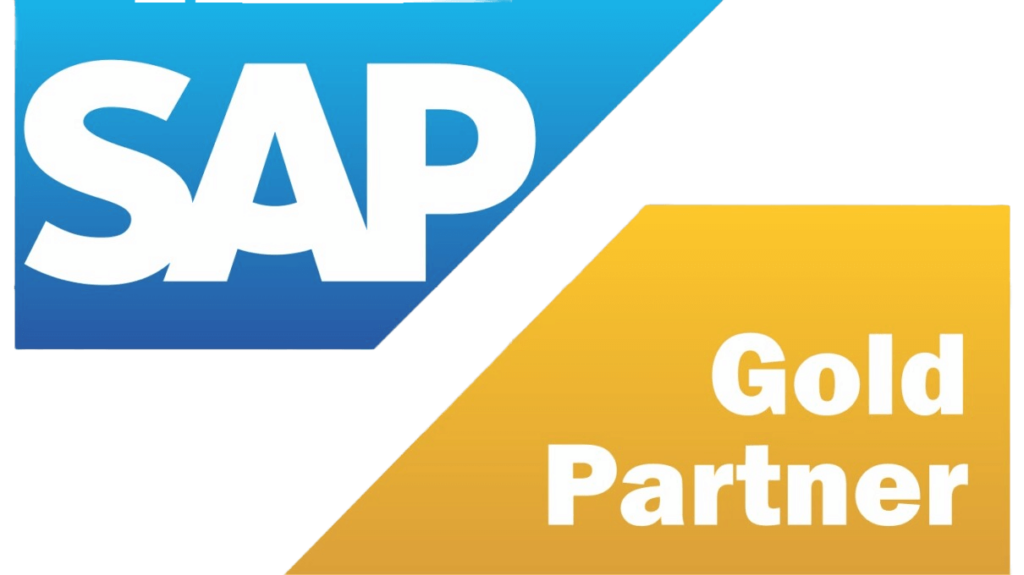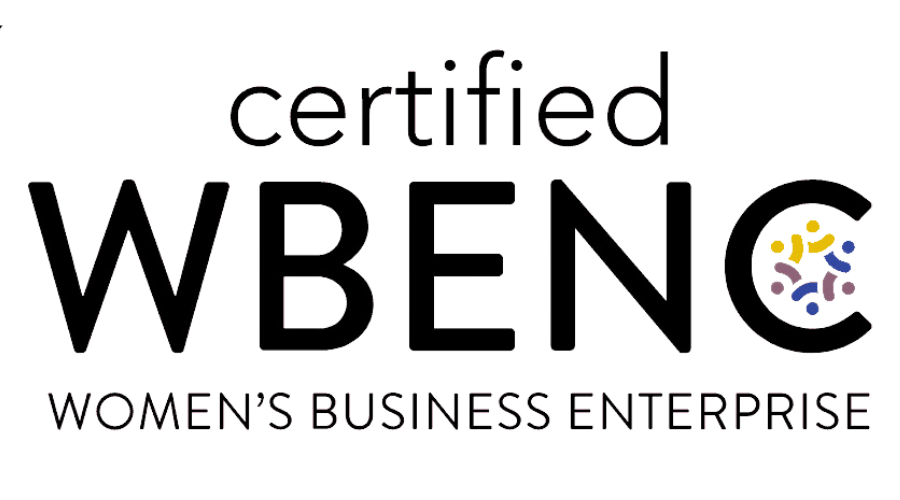Optimizing Contingent Workforce Onboarding For Federal Employers
In today’s increasingly complex labor market, federal employers are confronted with a litany of challenges when it comes to onboarding contingent workforce, underscoring the need for greater hiring agility in the face of omnipresent change. For these agencies, the new-hire process can take an average of 100 days to complete, twice as long as the private sector. Existing onboarding inefficiencies include delays in completing necessary paperwork, background checks, and training, undercutting productivity levels. According to research carried out by the Office of Management and Budget, there is a growing discontent among federal hiring managers regarding the talent pipeline, elevating the case for a contingent workforce to plug urgent gaps.
The contingent workforce refers to a category of temporary, non-permanent employees that often work for multiple clients or companies at the same time. The federal employers we speak to cite that highly technical full-time workers are the most difficult to find, due in part to increased competition from the private sector. From our direct correspondence with federal clients week-to-week, there is a growing realization that innovative new tools are needed to streamline and expedite contingent workforce onboarding. We can see that agencies are definitely keen to automate more processes to allocate more time to daily operations.
Implications Of Leaning On The Contingent Workforce
From a compliance standpoint, federal employers must navigate a field of federal regulations, such as the Fair Labor Standards Act (FLSA), Equal Employment Opportunity (EEO) laws when bringing on contingent workers. Ensuring that these workers are classified correctly, compensated appropriately, and provided with necessary benefits can be onerous and time-consuming. Similarly, rigorous background checks must be conducted on prospective contingent workers before they are granted access to sensitive information or facilities. This can also be time-consuming and require coordination with multiple agencies, making the onboarding process unnecessarily protracted. Additionally, federal employers must accurately classify contingent workers as employees or contractors, which can have legal and financial ramifications. Managing contingent workforce contracts, payments, benefits, and performance evaluations are administrative-heavy processes, and can tie up resources across teams that may already be stretched. Addressing these challenges requires innovative tech deployments that can streamline key processes.
SAP Fieldglass – The Contingent Workforce Enabler
As a cloud-based vendor management system (VMS), SAP Fieldglass can provide timely support for federal employers struggling with the catalog of challenges listed above. By harnessing the power of automation, SAP Fieldglass can streamline the approval workflow, requisition, selection, and onboarding processes for a contingent workforce. It also ensures that all necessary paperwork, training, and certifications are completed and validated before work commences.
Equipped with cutting-edge AI and ML functionalities, SAP Fieldglass enables companies to expedite the sourcing and selection of premium candidates from a worldwide network of contractors. Fieldglass also empowers companies to efficiently identify and engage with highly qualified external workers to provide support for crucial projects.
Additionally, SAP Fieldglass automates the billing and payments procedures for external workers, guaranteeing precise invoicing and prompt payments. This enables employers to effectively manage financial transactions and minimize billing errors with a much higher degree of confidence. On the transparency front, SAP Fieldglass offers up-to-date data and analytics that empower employers to effectively monitor and manage a contingent workforce. Enhanced visibility and insights into hours worked, expenses, and qualifications – allowing companies to make more informed, data-driven decisions around optimizing resources.
SAP Fieldglass also assists companies in mitigating risks associated with subcontractors and managing compliance with labor regulations by automating document verification, tracking certifications, and streamlining compliance reporting processes. Contract templates can also be used to standardize contract terms, and contracts can be electronically signed and stored in a centralized repository. Helpful contract management features also include tracking contract expiration dates, managing contract amendments, and ensuring general compliance with contractual obligations – greatly reducing the administrative burden on HR teams.
Now more than ever, federal companies are recognizing the need to become increasingly agile and adaptable in the contingent workforce onboarding, while ensuring they uphold the highest standards of regulatory compliance. For a sector that has a particular way of working, an overhaul of processes can be a daunting proposition, but by leaning on a trusted innovation partner, the journey can be seamless. At Optima, we are energized by the prospect of exploring novel technology and solutions to fast-track innovation, helping our clients to stay at the cutting edge of technological waves.
To find out more about how SAP Fieldglass can make a real difference to your onboarding efforts by automating onboarding, facilitating seamless billing and payments and enabling compliance strategies, talk to us!






